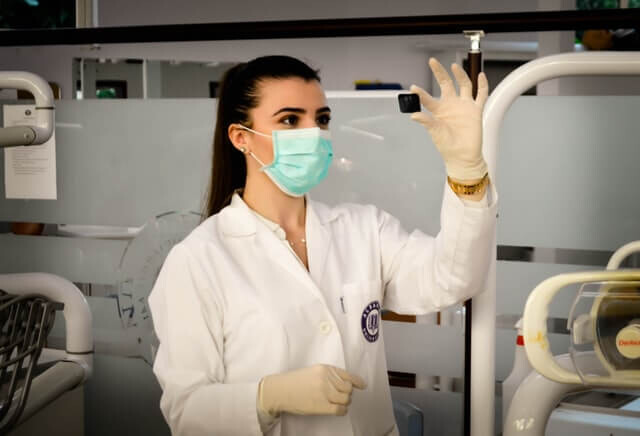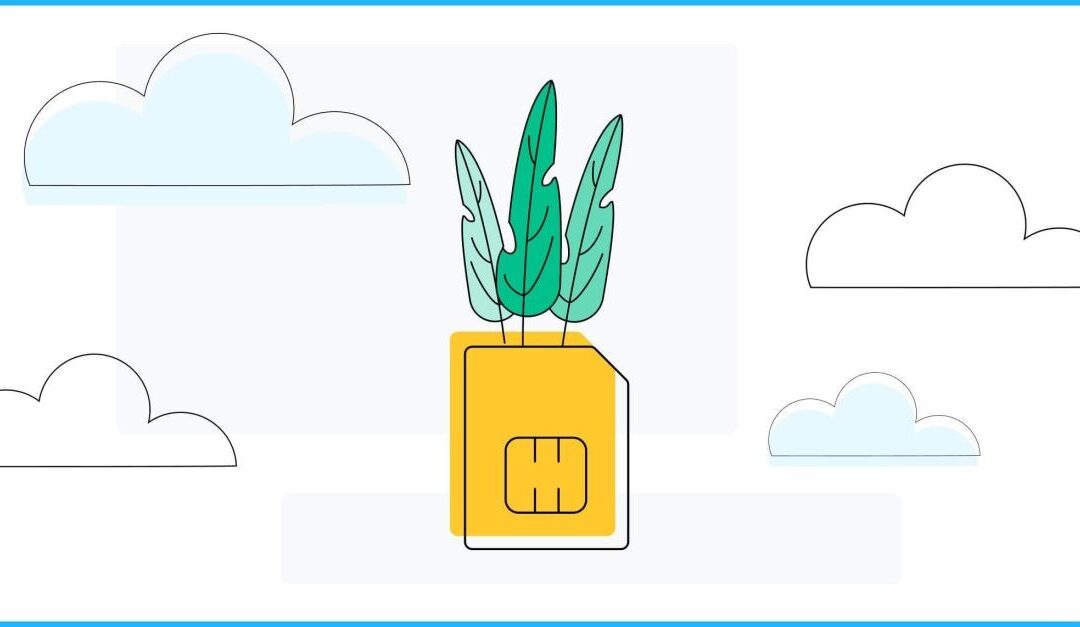Reducing the impact of energy generation and consumption using IoT
The international demand for energy is rising more than ever before. As electric vehicles and electronic devices become more affordable for the middle class, they will increase the demand of energy in developing nations by up to 35%. Although the usage of electric vehicles and efficient electrical devices at home for cooking, heating, cooling, and lighting is a good thing for the reduction of greenhouse gases and other forms of air pollution, a significant amount of greenhouse gas is also produced while generating power for these devices.
Power generation today
Power generation—especially in developing countries is still dependent on fossil fuels such as coal and gas. In India, more than 57% power generated is through fossil fuels such as coal, lignite, gas and diesel. Of the total installed capacity of 407,797 MW, over 2,36,086 MW is generated through fossil fuels, making it the primary means of power generation in the country.
This means that a major switch to electrical vehicles, appliances and other devices will further increase the power demand in the country—increasing the amount of greenhouse gases produced for generating power. However, what we also need to understand is that a significant amount of the installed capacity in countries such as India suffers from losses such as transmission loss, pilferage, wastage, and other reasons.
Power wastage and other problems
According to a recent report by the times of India, our country wastes over 3 billion units of power—amounting to a full day’s national consumption per annum. Additionally, 20% of generated power is lost due to technical and commercial reasons—and in states such as Nagaland and Jammu and Kashmir, power loses account for over 60% of the generated capacity. Reasons for these loses include technical or transmission loss, inefficiency in collection, and wastage due to appliances not being switched off.
Reducing power wasteage—a device at a time
Information technology has always been at the forefront of innovation. Now we can always advise people to switch off appliances such as lights, fans and air conditioners when not in use every single time, but it is impossible to control individual actions at a national or global level. This is where technology comes in. IoT—or the internet of things can transform the energy sector by monitoring usage, minimizing losses, and ensuring near-zero wastage of power in the industry and at home.
What is IoT?
IoT is a network of interconnected devices that can communicate with each other to perform a range of actions. Using IoT helps to drive efficiency, reduce operational costs and eliminate bottlenecks, leading to growth and better demand and supply.
How can IoT help to boost sustainability and reduce the environmental impact of power generation?
We’re glad you asked. A report by Transforma Insights showcased that implementation of IoT in the power sector will help save 8x the power these devices consume, leading to a significant reduction in greenhouse emissions and water usage. In fact, the report states that using IoT can reduce power consumption by up to 1.6PWh annually, saving enough power to power nearly 140 million homes for a year! Additionally, using IoT in power will result in a reduction of 3.5PWh reduction of fuel produced by thermal and fossil-fuel powered units, making it the single largest contributor to curbing greenhouse gas emissions.
Smart meters
Smart power meters can monitor daily consumption, helping homeowners recognize power trends and identify areas where they can save power including switching to more efficient appliances.
Smart lighting solutions
IoT-based sensor-driven systems can reduce unwanted power consumption by turning off lights when not in use. Additionally, sensors can turn off power when no one is in the room, helping to save power both actively and passively.
Smart plugs
Smart plugs can help homeowners to set up automation regimens that switch appliances on or off when they leave or come home, making their home consume as little power as possible during the time no one is around.
Smart industrial lighting and power management systems
Smart lighting and power management systems help industries to reduce their environmental impact by minimizing power wastage and identifying areas that need improvement in processes or systems, helping to curb unwanted power losses.
How can Clavis technologies help?
Clavis has years of experience in building smart solutions for a smarter, IoT-driven world. Whether it is in power generation, agriculture, applications of industrial IoT, supply chain optimization or quality control, Clavis can help your organization save more today. Clavis’s extensive experience of working with various industry verticals including power can help you build a smarter housing colony, transform your industry into a greener one, or help to build a greener world altogether.
Final thoughts
It is certain that the future belongs to connected devices that can help to manage power better. IoT will help to build transparency in power consumption and production, helping countries optimize their power usage and minimize losses, leading to more power being available for everyone. Additionally, reduced consumption directly translates to less pollution as fossil fuels are the primary methods of power generation in many countries around the world.
However, it is up to the government and the individuals to come together and use devices and technologies that help them to save power and build a greener world for our future generations.
Some other posts you might be interested in.

Intelligent Document Processing: A Strategic Guide
In today's fast-paced business environment, organizations get inundated with vast amounts of data and information, and they store a significant portion of this data in physical and digital documents. Extracting valuable insights from these documents can be a...

CMS and DAM: Why your business needs both
With the enhancement of technology, consumers require flawless experiences in everything they do. Be it at home, with their smartphone, car, or work-space, the ease of handling tasks should be at the snap of a finger. To have a seamless experience at the workspace,...

15 Applications of Blockchain in Healthcare
"Blockchain" refers to a shared irreversible record of a chain of transactions, each of which is made up of one block, and which is held together by cryptographic keys ("hashes"). These keys or signatures are maintained in shared ledgers and connected by a network of...

